Future-Proof Your Anodizing Operation — Without Losing What Already Works
Learn the proven strategies to move beyond firefighting, reduce costly errors, and build a more stable, scalable anodizing process — powered by 25+ years of hands-on experience and industry innovation.


Is Your Anodizing Line Ready for Current-Controlled Efficiency?
Discover if your business is ready to upgrade – without guesswork.
In this short guide, you’ll get a clear overview of the differences between voltage-controlled and current-controlled anodizing – including a practical checklist to see if your operation is ready to improve stability, throughput, and quality.
Ideal for anodizers who want to reduce trial-and-error and make confident, long-term improvements.
What keeps anodizing businesses awake at night?
Even the best anodizing teams worry about more than just today’s production targets.
They see risks, gaps, and lost opportunities every day — and feel the weight of them.
Tribal knowledge holding your line hostage
Your best operators and engineers carry decades of know-how — but it’s undocumented, living only in their heads. If they leave, retire, or get sick, your line’s stability and quality go with them.
Recurring defects and unpredictable quality
No matter how many times you fix a problem, it keeps coming back in new forms: pitting, streaks, color variation. Customer complaints and rework drain resources — and you suspect the real root causes remain hidden.
No clear, consistent training for new staff
Onboarding becomes a slow and frustrating process of shadowing senior staff — instead of a structured program that builds confidence, competence, and consistency.
Firefighting instead of flow
Each day starts with good intentions — but ends with urgent emails, production delays, and chasing after yesterday’s issues, leaving no time for real process improvement.
Mounting costs and falling productivity
Energy, chemicals, scrap, and customer claims quietly erode your margins. And while you sense there’s room to improve, it’s hard to prove ROI without data and documented processes.
“That’s just how anodizing is”
Deep down, you don’t really believe it — but without a clear roadmap, it feels impossible to break the cycle.
Imagine instead…
Imagine walking into your anodizing plant and seeing a team that understands why things work, not just how.
Imagine knowing that every operator, technician, and engineer has the same documented, tested roadmap — and can solve problems without waiting for the one “tribal knowledge” expert.
-
Your line runs with flow, not firefighting
Daily production meetings shift from chasing yesterday’s defects to planning tomorrow’s improvements. -
New staff get up to speed in weeks, not months
Structured training means confidence grows faster — and quality stays consistent, even when people change. -
Defects drop, productivity rises
Root causes are traced, documented, and prevented — not endlessly patched. Scrap, rework, and customer claims shrink. -
Decisions driven by data, not guesswork
With a robust framework, you see what’s working, what isn’t, and why — so improvements stick. -
Your team feels proud, not blamed
They understand the process deeply, share a common language, and work proactively — instead of reacting under pressure.
And you, as the leader, stop feeling like the only safety net — because your anodizing line becomes a system that can learn, adapt, and sustain itself.
I know what it feels like to walk into the plant each morning, never quite sure what today’s crisis will be.
I’m Anne Deacon Juhl, founder of AluConsult.
I partner with anodizing businesses worldwide to transform their lines from daily firefighting to documented, efficient, high-performing operations.
With 25+ years of practical and theoretical expertise, I help owners, CEOs, and production managers fix recurring quality issues, boost productivity, and future-proof their anodizing capability.
My signature Anodizing Line Transformation Program™ delivers hands-on, research-backed change—while The Anodizing Masterclass provides the world’s only dedicated e-learning platform to train teams and embed knowledge.
My mission: inspire, ignite, and implement real change across the anodizing industry.


Stories from the Field:

Alexander Domino, Engineer, TERMA
From Firefighting to Flow
"I Had the Pleasure of Working with Anne Deacon Juhl, and I Can Confidently Say She Is One of the Most Professional and Dedicated Individuals I’ve Worked Alongside. Anne Brings a Deep and Nuanced Understanding of the Anodizing Process, Combining Her Extensive Technical Expertise with a Methodical and Systematic Approach to Both Problem-Solving and Process Optimization."

Ole Jørgen, Chief Engineer, NAMMO
Production is running smoothly
“We have fought through several challenges, with heat transport away from the components being the first and biggest challenge. After meeting Anne, we were prepared for this, and the other problems that would arise. One by one, we solved them.
Currently, we maintain a good control over the process and production is running smoothly."
You don't have to struggle anymore
This isn’t just theory — it’s a proven path.
With the right tools, training, and mindset, even complex anodizing lines can transform — often in months, not years.
Through the Anodizing Masterclass, Bootcamps, and the Anodizing Line Transformation Program™, I help you capture knowledge, build robust systems, and unlock measurable results.
Which type are you?
A.
If it ain't broken, don't fix it
B.
Let's optimize where we can
If you’re satisfied with your current setup (type A), you might not need my help right now – but feel free to look around.
However, if you're the B type of person, then I promise I can help you, so just continue scrolling or even better contact me and let us set up a call.
Organizations AluConsult has supported with anodizing optimization
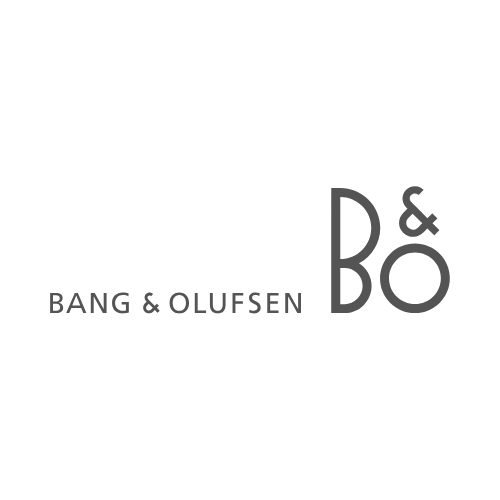
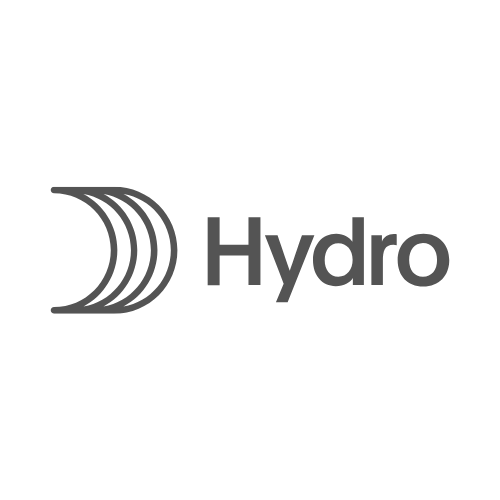
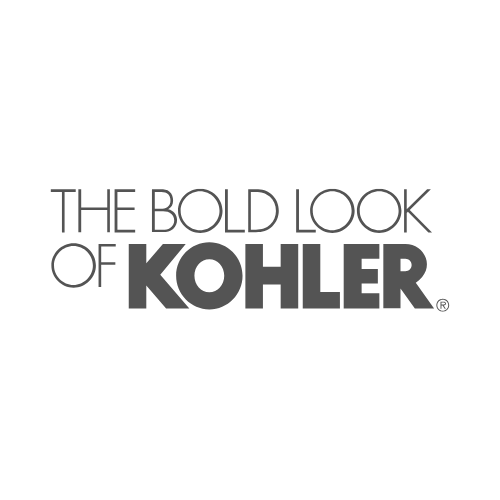

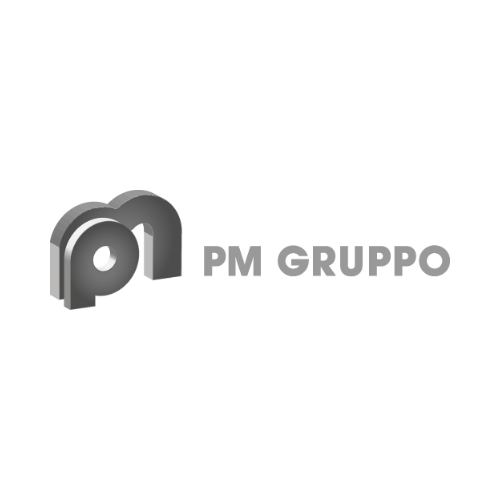

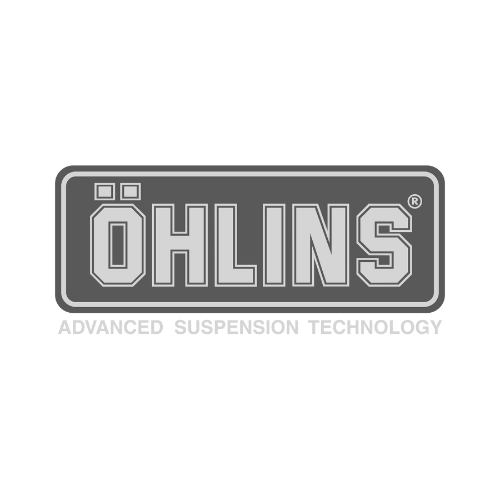
Getting Started with Me is Simple
SETup a call
So I can learn about your business, what you’re struggling with, and your goals.
Get custom options
Have a conversation and get some custom insight as to the best options for you to grow your business.
Start your process
Take action and start transforming your line and grow your business.


Get best practices from +25 years of experience
Copyright © 2025 AluConsult - Alboegevej 16 - DK-8570 - Denmark

